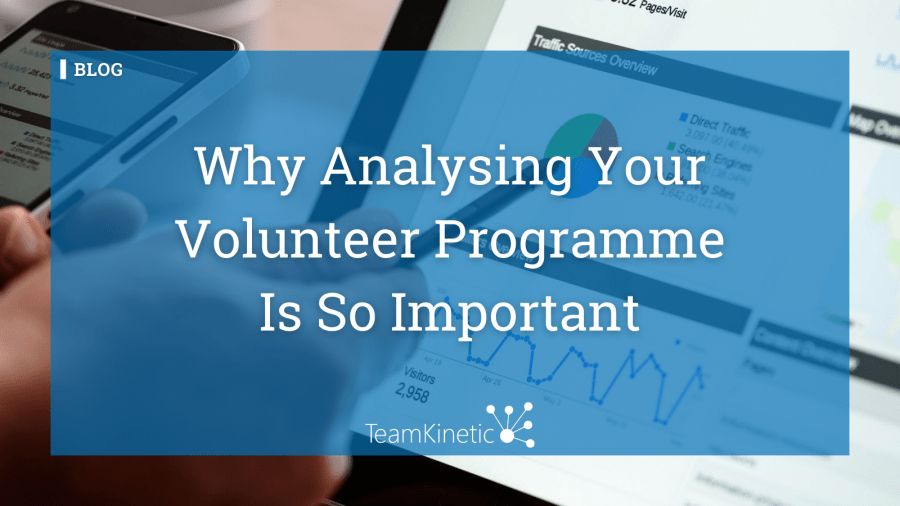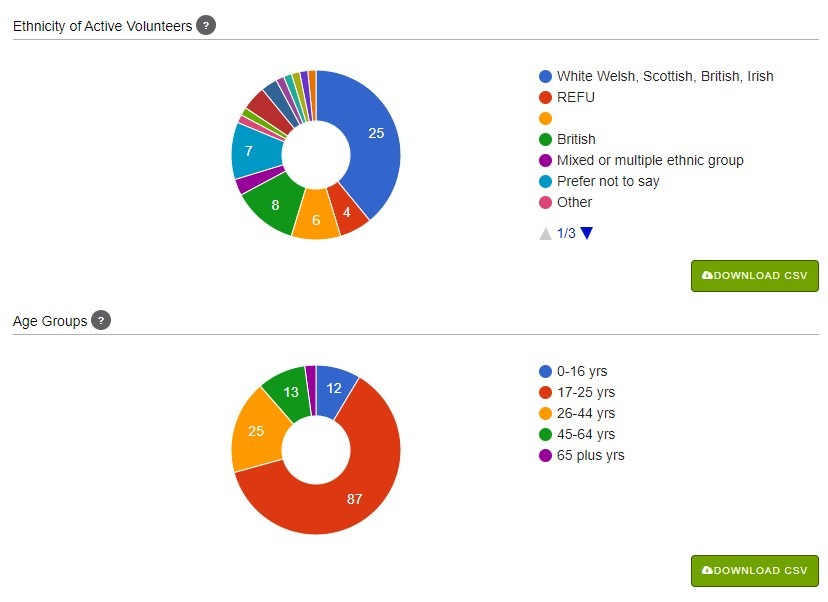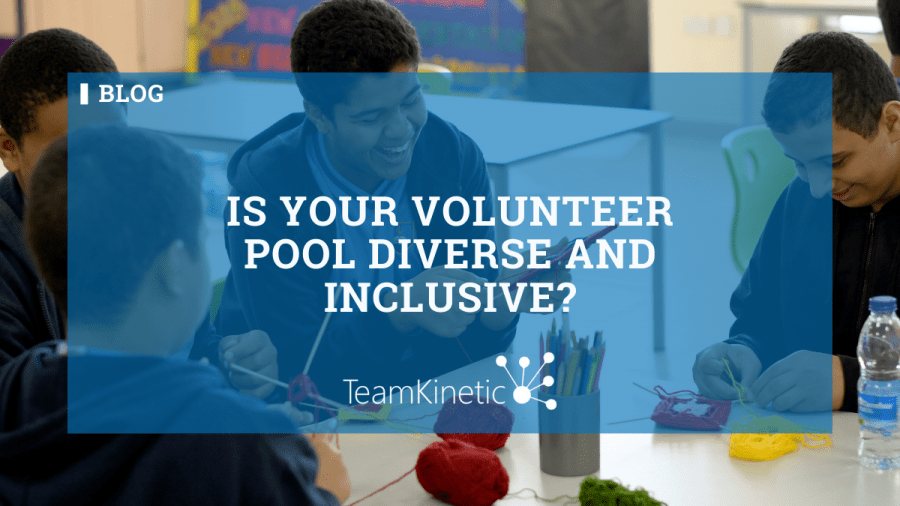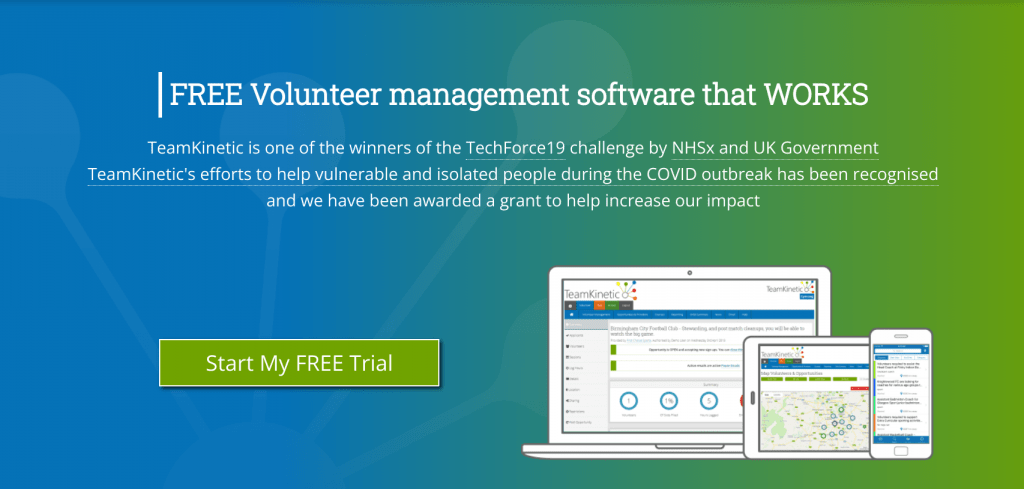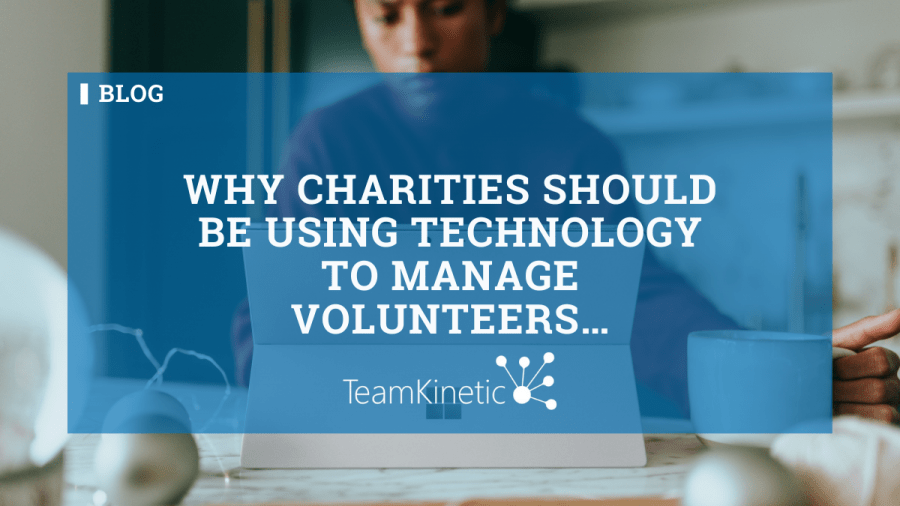As an act that is entirely selfless, rewarding volunteers may seem like an impossible task – surely the work is rewarding enough? While, yes, the work is rewarding. It doesn’t keep a volunteer motivated to keep volunteering for you. So how do we reward charity retail volunteers?
In this blog we’ll go through a variety of ways, because not every volunteer will respond to the same methods.
First, why do they volunteer?
Understanding the reasoning behind your volunteer’s commitment can help you tailor recognition and rewards to them personally. Here are some common reasons:
- Because they care about the cause/have been personally impacted by the organisation.
- As a good way to fill their time.
- To join friends and family who volunteer.
- Because it’s a good networking opportunity.
- Because it contributes to something wider – e.g. the Duke of Edinburgh award.
So how do we reward charity retail volunteers?

This is where it starts to feel complicated: formal vs informal, intrinsic vs extrinsic, physical v digital, etc. But don’t worry! We’ll lay it all out for you so you just have to worry about picking the right method for your volunteers.
Formal v Informal Rewards
Formal rewards are usually regarded as those you plan ahead of time. This could include things like award ceremonies, volunteer of the month awards, and certificates.

In contrast, informal rewards are the smaller things you would use on a day-to-day basis. Instead, it focuses on improving the experience for volunteers. You might reward volunteers in this way through bringing them refreshments while they work, having conversations about how their experience could be improved. A great benefit of informal rewards is their low cost and significant ongoing impact.
Intrinsic v Extrinsic Motivation
Volunteering can be personally rewarding to many people and this good feeling is often a big motivator. Intrinsic motivation is all about helping your volunteers continually feel good about the work they’re doing and the difference they’re making, rather than working towards one particular reward. It follows the same premise as informal rewards – you want to reward volunteers by continually improving the state of your volunteer programme.

On the other hand, extrinsic motivation involves volunteering because of outside factors, such as receiving a reward. This isn’t always a negative thing, as mentioned above, people often volunteer as part of something else. For example, a student may volunteer in a charity shop in order to fulfil one of the requirements of the Duke of Edinburgh Award.
There’s always potential to retain this kind of volunteer through intrinsic motivation. If they become motivated by the way volunteering makes them feel, rather than fulfilling a requirement, they’ll be more likely to keep volunteering for you.
Physical v Digital
Now we know about the different types of motivation and rewards, we can start thinking how to deliver them. Those of you who are not yet fully engaging with digital may feel more comfortable delivering purely physical rewards (such as thank you cards and teas/coffee).
One Welsh charity even decided to help the local community beyond their existing efforts. The Gellideg Foundation Group gave their volunteers gift cards to small local businesses as a reward, helping boost the local economy and keep local shops open!
However, there are a whole host more options available to you via digital means. And you never have to stick to purely digital or physical rewards – there’s room for both to be used effectively.
How can I reward volunteers with TeamKinetic?
TeamKinetic can facilitate a range of options when it comes to rewarding your hard-working volunteers.
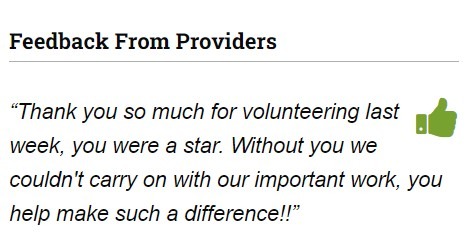
First of all, after every opportunity, volunteers and opportunity providers are asked to leave feedback. This feedback serves as a way to praise the volunteer but can also be used to improve internally. If any volunteers have issues, these will be sent to you and you can deal with them. Giving volunteers a great place to work is a great step to help them feel appreciated.
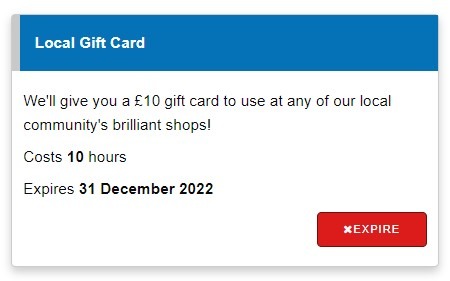
Furthermore, the system offers HourTrades. These are rewards for reaching a certain number of volunteering hours logged. This can be set to anything you desire, offering a wide range of incentives to your charity retail volunteers.
We also have Opportunity and Achievement Badges.
Opportunity badges can identify opportunities that will contribute to an award, such as the Duke of Edinburgh Award. Achievement Badges are awarded over time – the more hours a volunteer logs, the better badge they receive! These are saved digitally but for an added touch you could create physical badges to match!
Try it for yourself
You can start a free trial of TeamKinetic on our website, giving you access to everything the system has to offer for 30 days.
If you want to find out more about the system, or have any questions you can use the chat feature on our website, email us, phone us on 0161 914 5757, or find us on social media:
You can find TeamKinetic on social media and listen to our podcast:
Twitter Facebook LinkedIn YouTube Instagram Podcast
Have you enjoyed using TeamKinetic? If you could leave us a review on Capterra, we’d really appreciate it! We’ll even send you a little thank you.


